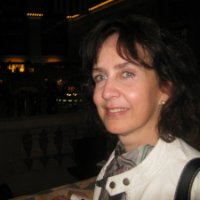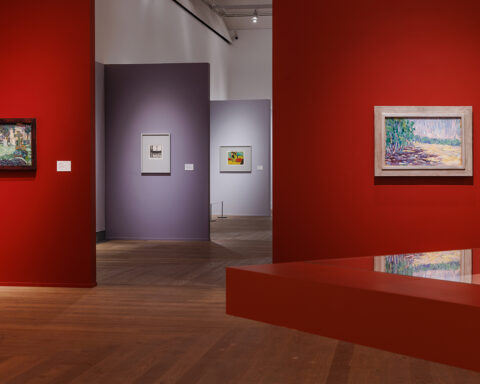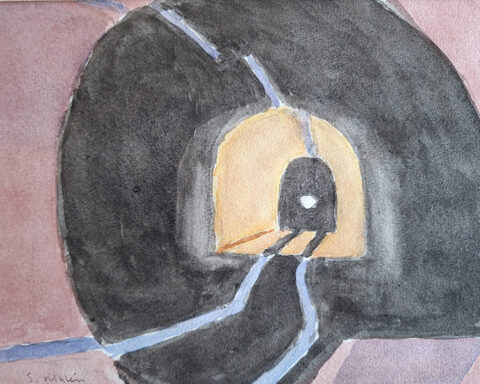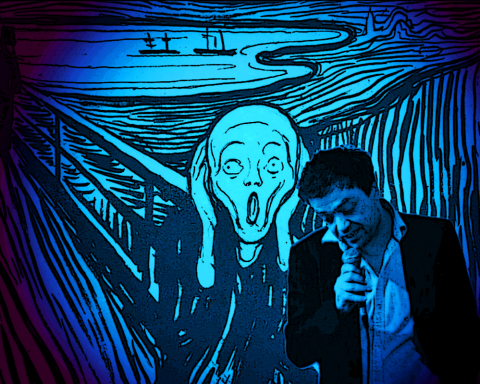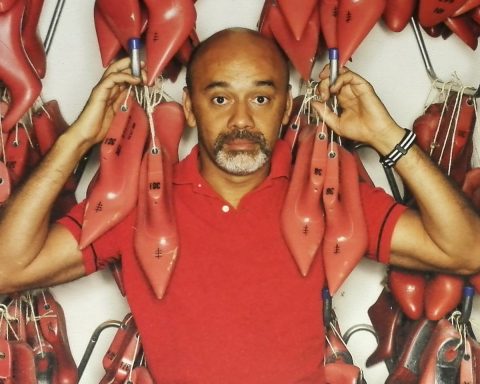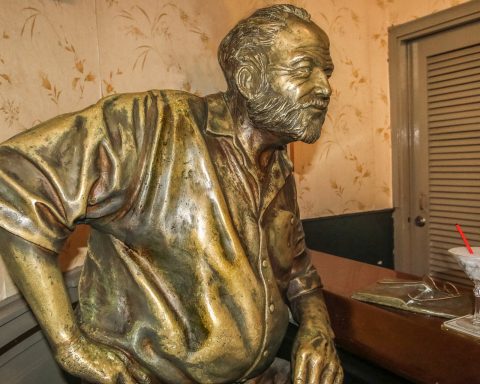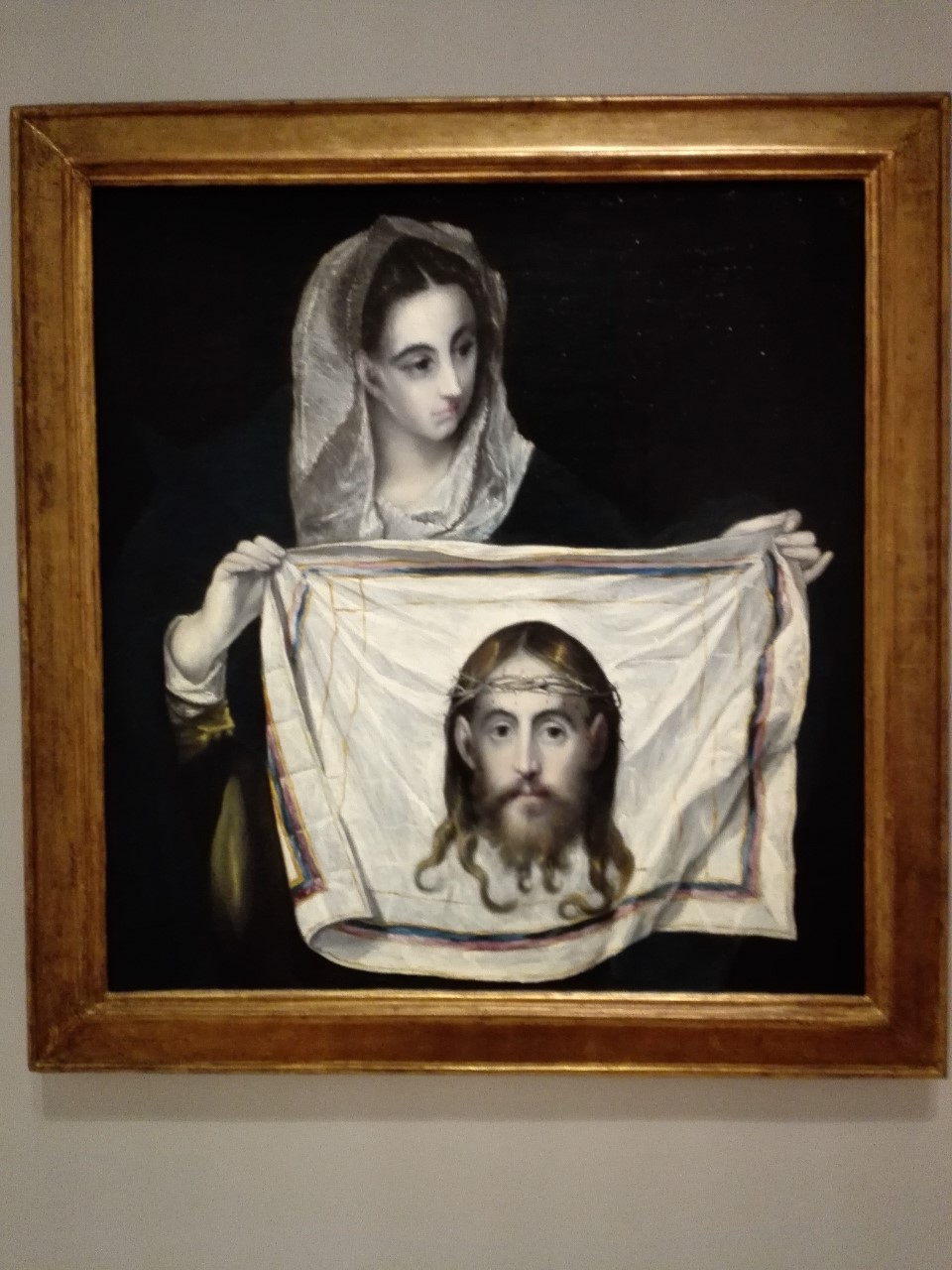
The queues have circled long to get into the ancient palace to view this wild and unclassifiable genius. However, France has been on strike for nearly two weeks now, with hardly any public transport working, so the affluence to the museums has been rather restricted. It is thus an excellent time to go and see as many exhibitions as possible I discovered, provided one has good walking shoes.
The exhibition’s scenography, with simple white walls, leaves the monopoly on colour to the artist whose palette is explosive! It also gives it a touch of modernity. Viewing El Greco’s elongated figures reminded me of Giacometti; his flying persons of Chagall; his sometimes very sketchy portraits of the impressionists.
I now understand why El Greco is called the modernists’ precursor. Despite his predominantly Christine realistic paintings of the 16th century, his prodigy is such that his art does not age. During these days of Advent, Greco reminds us of why we celebrate Christmas. “A Saviour was born” and with Him: joy as a promise for humankind.
Whatever metaphysical thoughts the visitor might – or might not – have, it is impossible to stay impassable in front of such works of art. The emotions are palpable. The modern painters understood that very well.
El Greco placed painting above all other arts, and his colours are as vivid today as they must have been then. Few drawings have survived, as he destroyed most of them.
However, it was more difficult for El Greco during his lifetime to get the recognition he so well deserved. After having tried his luck in the highly competitive Venetian market, he moved on to Rome where he perfected his skill at portraits in a personal style, some of which are exposed at the Grand Palais. Nevertheless, it was in Spain that he found his artistic roots and appreciative public, and where he finally settled down.
Toledo, one of Europe’s leading artistic and cultural centres in those days, became the setting for many of El Greco’s compositions, consisting mainly of religious scenes. The spread of private devotion led many families to find their chapels and oratories on top of the orders he got from the Church. One of his best-known series is the one about Christ driving the traders from the temple.
El Greco placed painting above all other arts, and his colours are as vivid today as they must have been then. Few drawings have survived, as he destroyed most of them.
This exhibition reminds us that a genius, even if he did fall into oblivion for a while, never really dies. Impressionists and avant-garde artists rediscovered him. Cézanne, Chagall and Picasso have lifted him to be their prophet. Moreover, we are lucky to be able to admire his works, well exhibited in this grandiose palace. Praying to El Greco’s God that the strikers will make a halt during the Christmas season, so as many as possible will be able to view this fabulous exhibition. Merry Christmas!
